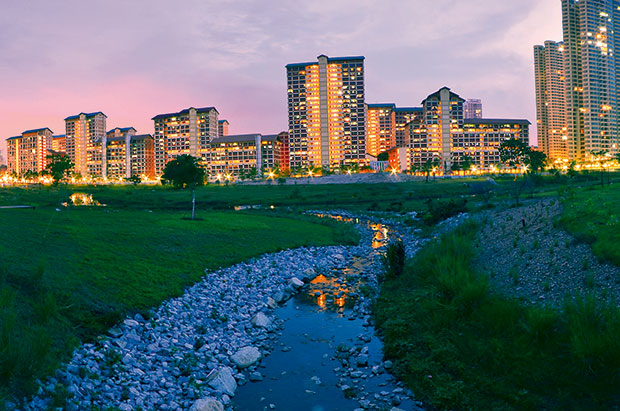
Landscaping the cities of the future
30 30 Landscape Architecture author Meaghan Kombol gives us the lowdown on the new scenery of the city
As we revealed last week, the UN predicts that by 2050 the number of us living in an urban environment will have risen to nearly 70 per cent, which means that the ongoing reshaping of that environment will only become more and more important. Put simply, landscape architecture - that aspect of urban life that can put a huge smile on your face when done right - is going to become more and more important in the coming years.
With that thought in mind we caught up with 30 Landscape Architecture author Meaghan Kombol earlier today to ask her a few questions about how she thinks the public spaces of our old age will look, which cities are leading this new aesthetic charge and how the best kinds of landscape architecture affect our moods.
If you want to refresh your memory about the book you can read our introduction to it here. If you're already up to speed head straight in to our Q&A with the author and acclaimed landscape architect. And you can order the book here.
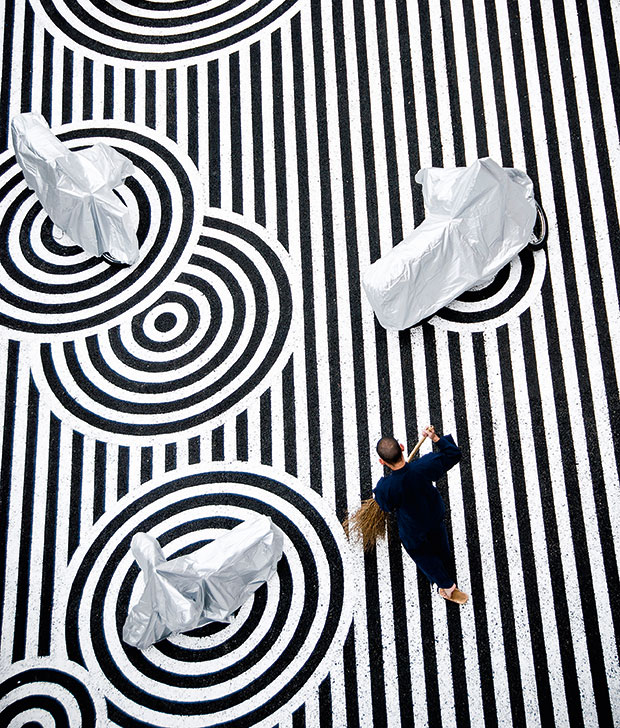
Why is landscape architecture such a thing right now? This is something I talk about in my introduction. Today, with more than half the population living within an urban environment, landscape architecture needs to be put at the forefront of new development. With rapid urbanization and population growth, the value of well-designed green spaces woven into the urban fabric has never been so important. These spaces enhance our natural and built world ecologically, socially and economically.
In your opinion, what does the best landscape architecture achieve? Balance. Egalitarian designs that create spaces which enhance social welfare, cultural richness and environmental health – encouraging interaction, both socially and with the natural world.
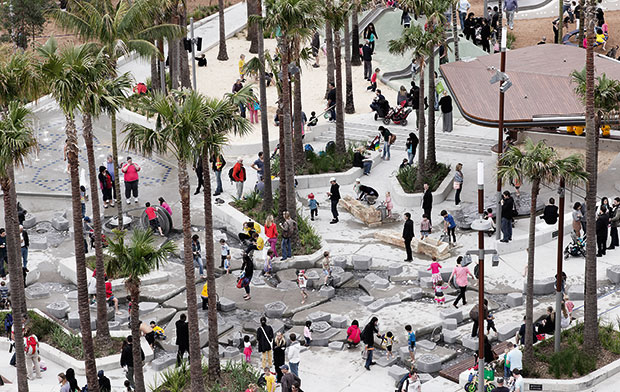
What are the aspects of landscape architecture that affect our mood? The best work reflects the context in which it is placed and to that end it should seek to highlight or develop the positive qualities of the place it occupies. Of course the key aspects change according to context but these would be things like choice of materials, the use of texture, colour, light and how they are treated – even sound. Is it playful? How is it interactive? The importance of people cannot be ignored; the end-users are essential to the mood of landscape architecture.
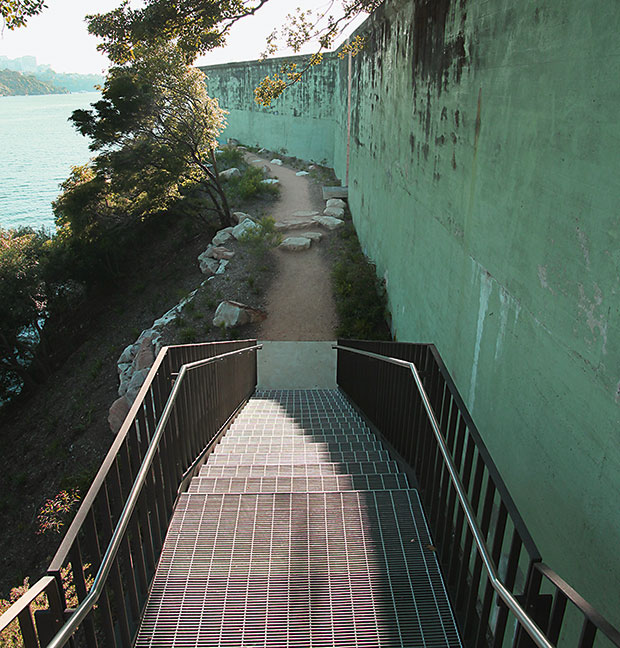
So do landscape architects have a potentially greater impact on the way we live than architects do? Well actually one thing that I hope the book reflects is the collaborative aspect of our work and how this greater sense of coordination between all disciplines is essential to the future of our shaping of and interaction with the landscape. In short, yes!
You must have a particular favourite project in the book, what is it? Each project has something exciting to offer, and I’d be hard-pushed to single out any one, but the one that comes to mind right now is Chris Reed’s Erie Street Plaza in Milwaukee, Wisconsin because it captures something that I feel is essential to landscape architecture: a sustainable approach, a flexible design and an innovative use of familiar materials. His riverfront design enhances the immediate surroundings in a subtle but dynamic way. It feels raw and industrial but also welcoming and comforting at the same time.
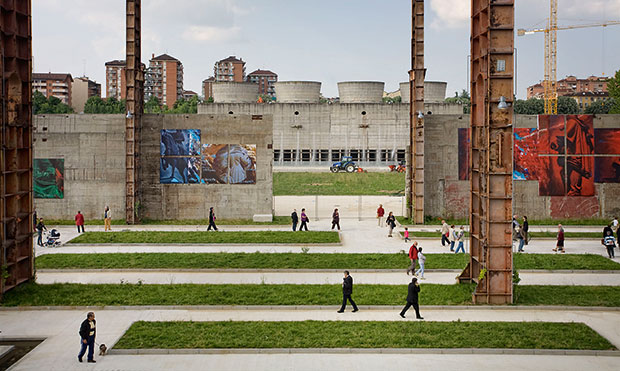
What were the most transformational projects you came across in your research for the book? George Hargreaves’s work on the Queen Elizabeth Olympic Park, which opened for the 2012 London Olympics. This design restores a post-industrial brownfield to create one of the largest new parks created in Europe in the last 150 years. Its use of cutting-edge sustainability techniques, well-designed spaces and luscious planting make it an essential study for students and practitioners.
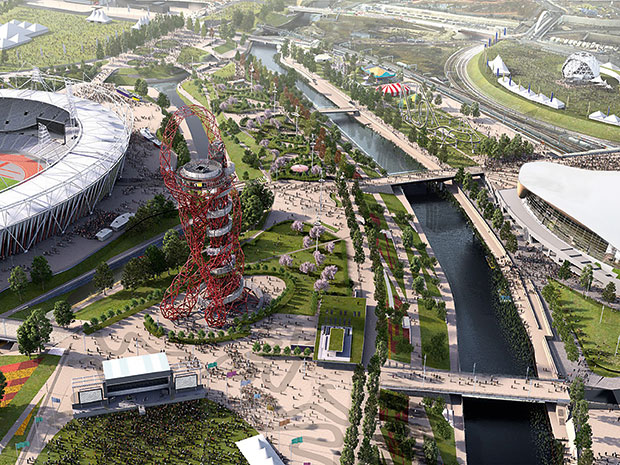
You’re a landscape architect yourself, what do you try to achieve with a site when you are commissioned? A design which complements the site’s context, incorporates the needs of its end-users (both current and future), sustains and enhances its current ecological state and creates dynamic spaces in which memories can be created and enjoyed.
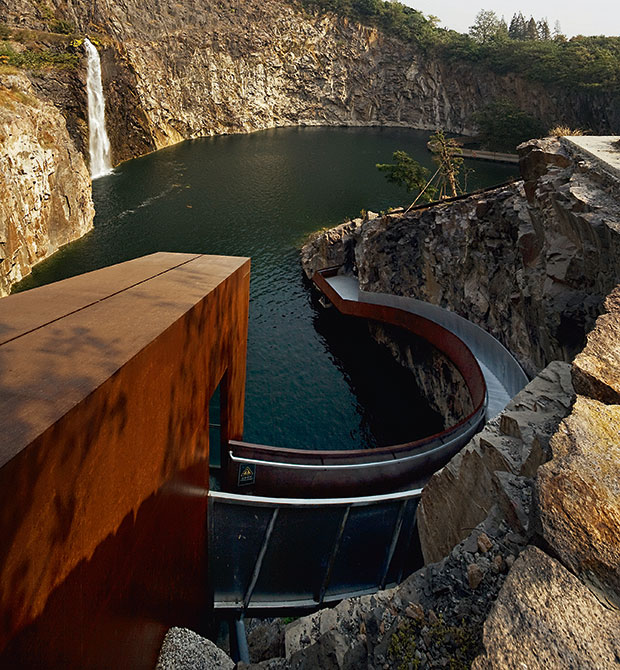
What are the current trends in landscape architecture and how have these changed in recent years? Landscape architecture is now being put at the forefront of new development, which is a trend that must continue. The way landscape architects work is changing too. Multidisciplinary offices and advances in parametric software have enabled a melting pot situation where groundbreaking ideas can be discussed and tested immediately. Whatever the method or process, current trends point to an incredibly exciting future for landscape architecture.
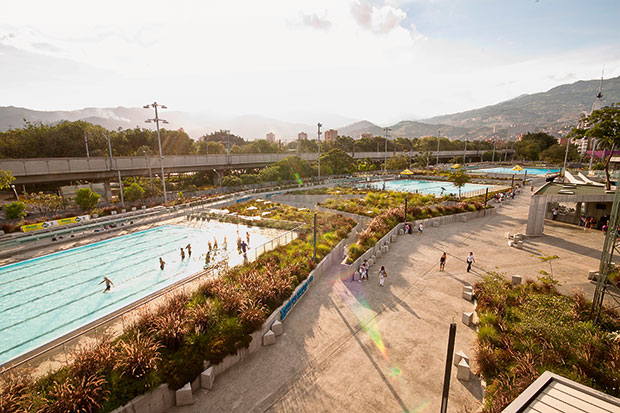
Finally, d ensification of the planet means the importance of landscape architecture is only set to grow. What will be the things we'll likely see in the future? More green spaces – on walls and roofs, in plazas and parks, and so on, less cars and more pedestrian-friendly spaces, more playful and dynamic spaces that allow people to take part in the ‘theatre of life’. The cities of the future should be flexible enough in order to adapt over time.
Order 30 30 Landscape Architecture in the store now.